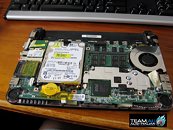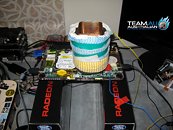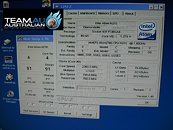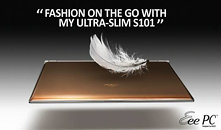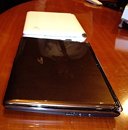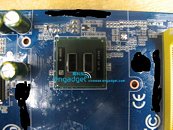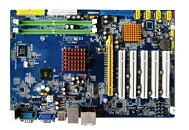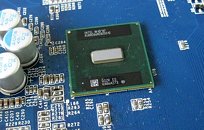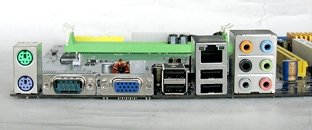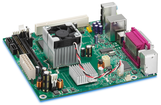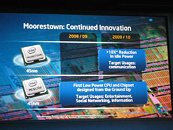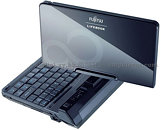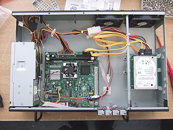Intel Atom N270 Overclocked to 2385MHz, Probably the Fastest Atom Ever
Have you ever thought of overclocking your shiny little netbook, probably not, but here's what might happen if you're wondering. In my humble opinion this is ridiculous, but it's possible. Overclocking experts from Team Australia, using an ordinary MSI Wind U100 netbook and a single Kingston 2GB DDR2 667Mhz SO-DIMM, have done the unthinkable, overclock the hell out of an Intel Atom N270 netbook processor. If you remember, MSI recently released a v1.09 BIOS for the Wind that allows overclocking. That's exactly what Team AU have done, dismantle an MSI Wind netbook, put some LN2 cooling and use the latest BIOS to max the Intel Atom CPU frequency. The end result is pretty good, they've managed to push the poor 1.6GHz Atom N270 CPU to an amazing 2385MHz (FSB 199 x 12 multiplier) and take a CPU-Z snapshot. There's really no point in doing that, but it's pure fun. The full discussion thread for this insane experiment is posted over at XtremeSystems.
